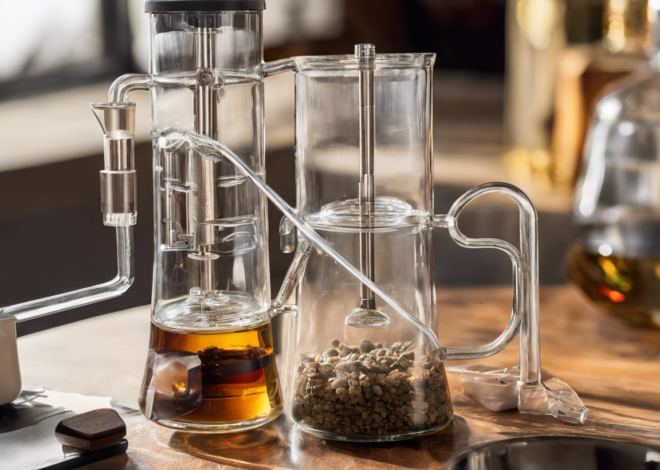Drip Vape: A Guide to Advanced Vaping Techniques
Vaping has evolved significantly over the years, from basic e-cigarettes to more advanced setups like drip vaping. Drip vaping, also known as dripping, is a method where the vaper manually drips e-liquid directly onto the atomizer’s coil instead of using a tank. This technique offers enhanced flavor, vapor production, and customization options for experienced vapers. In this comprehensive guide, we will delve into the world of drip vaping, exploring techniques, safety measures, equipment, and more.
Understanding Drip Vaping
What is Drip Vaping?
Drip vaping involves directly applying a few drops of e-liquid onto the atomizer’s coil or wick, allowing for more immediate and intense vapor production.
Benefits of Drip Vaping
- Enhanced Flavor: Drip vaping provides a purer flavor profile as there is no residual e-liquid from previous flavors in a tank.
- Increased Vapor Production: By frequently dripping e-liquid, vapers can generate larger clouds of vapor.
- Customization: Vapers can experiment with different coil builds, wicking materials, and airflow configurations for a personalized experience.
Equipment Needed for Drip Vaping
RDA (Rebuildable Dripping Atomizer)
An RDA is the core component for drip vaping. It features a build deck where users can install coils and wicks and a top cap for dripping e-liquid.
Coil Building Tools
Tools like wire cutters, coil jigs, and ceramic tweezers are essential for building and installing coils on an RDA.
Ohm Reader
To ensure safe vaping, an ohm reader is necessary to measure the resistance of the coils.
Organic Cotton or Wick Material
Choosing the right wicking material is crucial for optimal flavor and vapor production.
Drip Vaping Techniques
Coil Building
Experimenting with different coil builds, such as Clapton coils or alien coils, can significantly impact the vaping experience. Beginners can start with simple builds like micro coils before moving on to more complex configurations.
Wick Placement
Proper wick placement is essential for efficient e-liquid absorption and vaporization. The wick should have enough density to hold e-liquid without restricting airflow through the coil.
Dripping E-Liquid
When dripping e-liquid onto the coil, ensure the cotton is saturated but not oversaturated to prevent leaking. Monitor the e-liquid level and re-drip as needed to avoid dry hits.
Airflow Adjustment
Adjusting the airflow on an RDA can fine-tune the vaping experience. More airflow can increase vapor production, while less airflow can enhance flavor intensity.
Safety Tips for Drip Vaping
Battery Safety
Always use high-quality batteries from reputable brands and inspect them regularly for any signs of damage. Proper battery handling is crucial to prevent accidents like short circuits or overheating.
Coil Resistance
Understanding Ohm’s Law and ensuring the coil resistance is within safe limits for the battery used is imperative for vaping safety.
E-Liquid Selection
Choose high-quality e-liquids from trusted manufacturers to avoid potential contaminants or undesirable additives in the vapor.
Regular Maintenance
Clean the RDA regularly, including the build deck, coils, and drip tip, to ensure optimal performance and flavor.
Frequently Asked Questions (FAQs) about Drip Vaping
1. Can I use any e-liquid for drip vaping?
While most e-liquids are suitable for drip vaping, high VG (vegetable glycerin) blends are preferred for producing dense vapor clouds.
2. How often do I need to drip e-liquid onto the coil?
The frequency of dripping e-liquid depends on factors like coil resistance, wattage, and personal vaping habits. Typically, vapers drip every 5-10 puffs.
3. Is drip vaping suitable for beginners?
Drip vaping is more suited for experienced vapers due to the manual coil building, dripping, and regular maintenance involved.
4. How can I prevent leaking when drip vaping?
Proper wicking, avoiding oversaturation, and checking O-rings and seals can help prevent leaking issues when drip vaping.
5. Are there any risks associated with drip vaping?
Like traditional vaping, drip vaping carries risks such as nicotine addiction, battery safety concerns, and potential exposure to harmful chemicals in e-liquids.
6. Can I use temperature control (TC) with drip vaping?
Many advanced RDAs are compatible with TC vaping, allowing users to fine-tune their vaping experience by controlling the coil temperature.
7. What are some popular coil builds for drip vaping?
Clapton coils, fused Clapton coils, and alien coils are popular choices for achieving excellent flavor and vapor production in drip vaping setups.
8. How do I know when it’s time to replace the coils in my RDA?
Reduced flavor, burnt taste, or uneven heating are signs that indicate the coils need to be replaced in an RDA.
9. Can I switch between different e-liquid flavors easily in drip vaping?
Since RDAs require users to manually drip e-liquid, switching between flavors is relatively simple. Vapers can drip a few drops of a new flavor once the previous one has been vaped off.
10. Is it necessary to clean the RDA frequently?
Regular cleaning of the RDA components is recommended to maintain flavor purity, prevent gunk buildup, and extend the lifespan of coils and wicks.
In conclusion, drip vaping offers a unique and customizable vaping experience for enthusiasts looking to enhance flavor and vapor production. By following proper techniques, safety measures, and maintenance practices, vapers can enjoy the benefits of drip vaping while minimizing risks. Experimenting with different coil builds, wicking materials, and e-liquids can help vapers discover their preferred setup for an optimal drip vaping experience.

